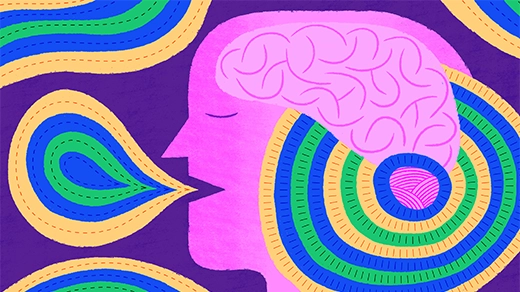Recent research has shed light on the fascinating connection between our ability to move and our emotional experiences. While traditionally viewed as separate domains, it appears that the brain region responsible for controlling movement, known as the motor cortex, also plays a crucial role in guiding our feelings. This groundbreaking discovery challenges conventional wisdom and opens up new avenues for understanding human emotions.
A Surprising Link: Movement and Emotions
In a study conducted by neuroscientists at leading universities, it was found that stimulating specific areas of the motor cortex resulted in changes in participants’ emotional states. By using advanced imaging techniques, researchers were able to observe how neural activity within this region influenced not only physical movements but also subjective feelings.
This unexpected link between movement and emotions can be attributed to shared neural circuitry. The motor cortex is intricately connected with other regions involved in emotion regulation, such as the amygdala and prefrontal cortex. These connections allow for bidirectional communication between these areas, enabling them to influence each other’s functioning.
The Motor Cortex’s Dual Role
While we have long recognized the motor cortex’s primary function in coordinating voluntary movements, its involvement in emotional processing adds another layer of complexity to its role. It appears that this brain region acts as a hub where sensory information related to both movement and emotions converges.
Furthermore, studies have shown that damage or dysfunction within the motor cortex can lead to impairments not only in movement but also emotional regulation. Individuals with conditions affecting this area may experience difficulties expressing or recognizing emotions accurately.
Implications for Understanding Emotional Disorders
The newfound understanding of how the motor cortex influences emotions holds significant implications for mental health research and treatment approaches. Many psychiatric disorders, such as depression and anxiety, are characterized by disturbances in emotional processing.
By recognizing the motor cortex’s involvement in emotion regulation, researchers can develop targeted interventions that aim to modulate neural activity within this region. This could potentially lead to more effective treatments for individuals suffering from emotional disorders.
Conclusion
The discovery of the motor cortex’s role in guiding emotions challenges traditional views on the separation of movement and feelings. The intricate connections between this brain region and areas involved in emotion regulation highlight its dual function. Further research into this fascinating link may pave the way for innovative therapies targeting emotional disorders, ultimately improving mental well-being for countless individuals.

